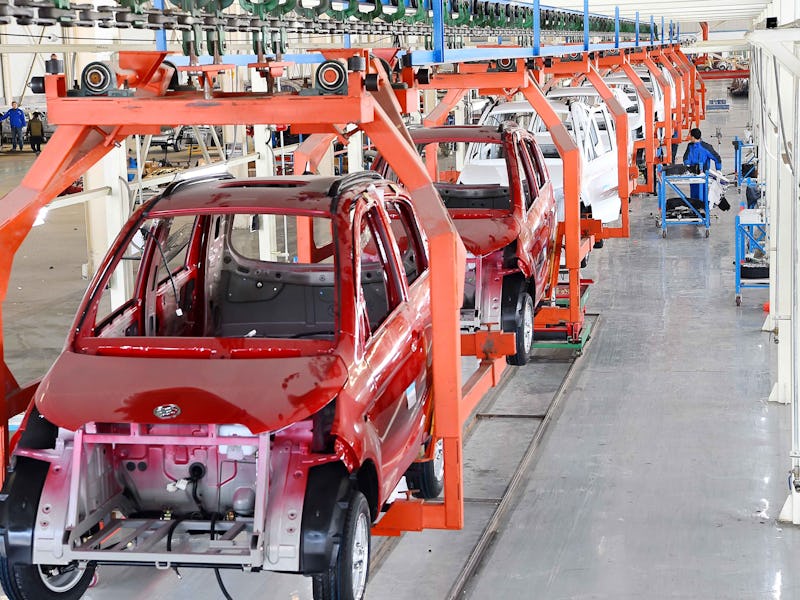China’s EV Success Reveals a Major Hole In the U.S. Market

Right now, China is showing the world just how far a nation can go in support of a national switch to electric vehicles — and the success that can come as a result. Locally made and branded electric cars have exploded in China over the last few years, and in 2015 the countrys number of battery electric and plug-in hybrids increased by more than 60 percent. This means China is selling more electric vehicles per year than the rest of the world combined.
The success is largely due to price. Reuters described the effects the Chinese government’s enormous EV subsidies on the 2-door Chery eQ, which cost the equivalent of around $23,000 before subsidies and only about $8,600 after. These Chinese electric cars have short range and a low top speed compared to models from Western car companies like Ford and Tesla, but they’ve found great success in China’s many dense urban centers.
In all, China is shooting for an ambitious goal of 5 million electric vehicles on the road by 2020 — but remember, China is a country where urban smog can sometimes get so thick that skyscrapers disappear from aerial photography. Not every country has such a strong motivation to embrace emissions-free vehicles. Nor does every country have the ability, should it want to.
China currently has hundreds of manufacturers trying to build electric vehicles. That’s a volume that’s only possible thanks to China’s incredible rapid prototyping and manufacturing industries, and it could help keep prices low in the future. The People’s Republic does characteristically plan to limit the number of these companies, however, to avoid a hoverboard-like dive in build quality.
In the US, these cheaper, lower-end electric vehicles could easily provide for the daily needs of a huge number of low income commuters. The conventional wisdom is that a weak engine and “range anxiety” will tank any such EV brand with North American customers, but recent research could refute this idea.
In any case, US government subsidies like California’s new program of $500 rebates can’t offset the higher costs of even budget-level Western EVs, like a projected $35,000 price tag on Tesla’s upcoming Model 3 economy car. China is proving that investment in electric vehicles can pay off — for China. As yet, no other country has invested enough to truly check whether the model could truly work elsewhere.sad